The Psychology of Creativity: How to Spark Original Thinking Daily
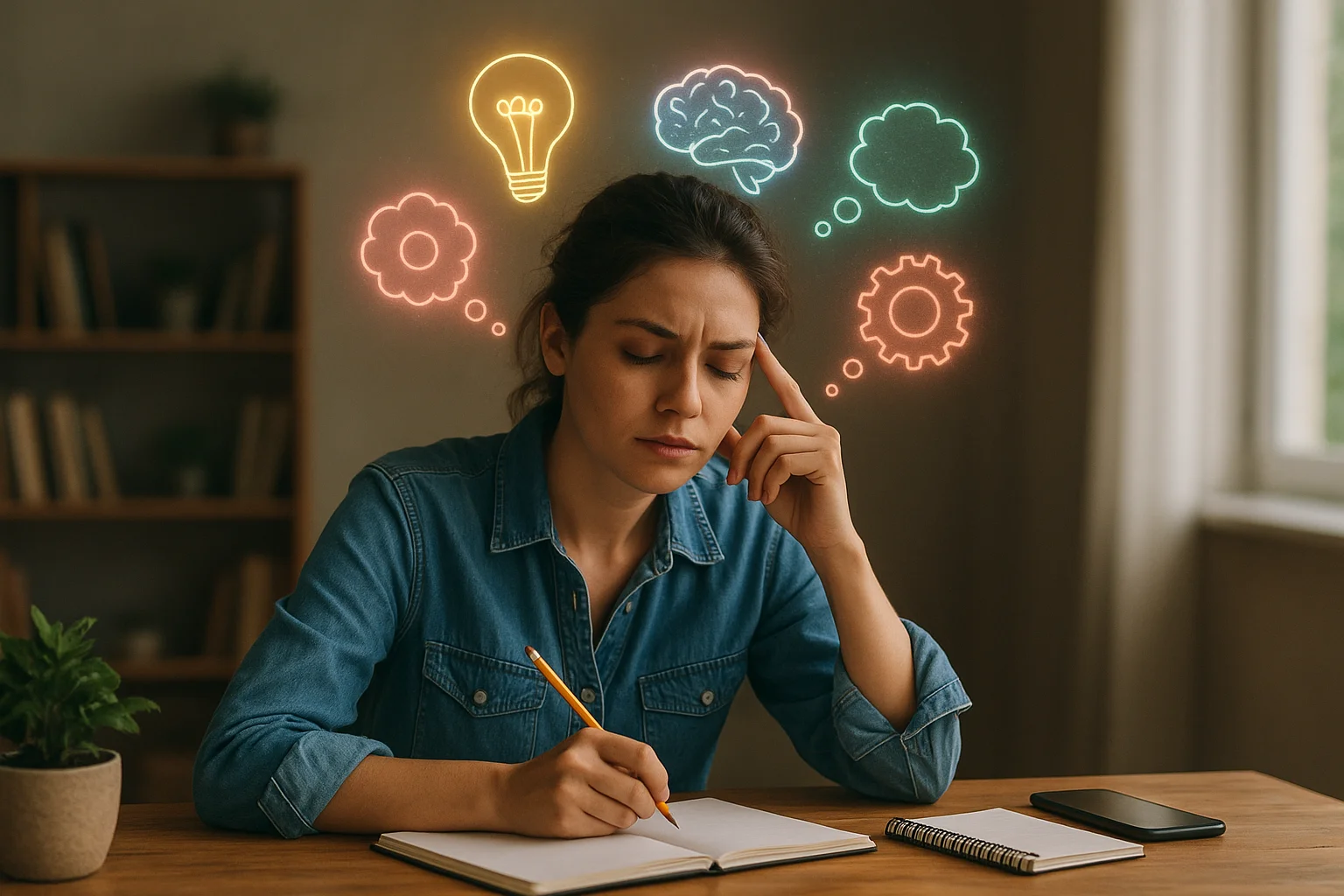
Understanding the Science Behind Creativity
Creativity is not a mysterious gift, but a complex process that involves multiple regions of the brain working together. Neuroscience research shows that the prefrontal cortex plays a central role in planning, problem-solving, and generating new ideas, while the default mode network becomes active during daydreaming or when the mind wanders, often leading to unexpected insights.
Studies using brain imaging have revealed that highly creative people show a stronger connection between the analytical and imaginative parts of the brain. This means creativity is not just about free-flowing imagination; it requires the ability to evaluate, refine, and adapt ideas. This constant balance between divergent thinking (exploring many possibilities) and convergent thinking (narrowing ideas down to solutions) is what fuels original thought.
Psychology also highlights the role of cognitive flexibility, the mental ability to shift perspectives and approach problems from different angles. This trait allows individuals to escape rigid thinking patterns and see connections where others might not. Similarly, the release of neurotransmitters such as dopamine has been linked to heightened creativity, as it enhances motivation, curiosity, and the willingness to take risks with new ideas.
Another key factor is the impact of associative thinking, where the brain draws connections between seemingly unrelated concepts. By strengthening these neural pathways through practice and exposure to diverse experiences, people can expand their creative capacity over time. This demonstrates that creativity is not fixed—it can be cultivated and enhanced with the right mental training and environment.
The Role of the Subconscious Mind in Creative Thinking
The subconscious mind acts as a hidden engine for creativity, processing information and experiences long after our conscious attention has moved elsewhere. When faced with a problem, the conscious mind may struggle to find a direct solution, but the subconscious continues to connect ideas in the background, often leading to sudden moments of insight commonly referred to as “aha!” moments.
Psychological studies suggest that during periods of rest, relaxation, or even sleep, the brain engages in incubation. This process allows the subconscious to reorganize knowledge and form associations that the conscious mind could not establish under pressure. This explains why creative breakthroughs frequently occur while engaging in unrelated activities, such as walking, showering, or listening to music.
The subconscious also stores vast amounts of information gathered from daily life, much of which never reaches conscious awareness. By tapping into this reservoir, individuals can draw on patterns, images, and fragments of memory that enrich creative thinking. Practices like dream journaling or free writing can help uncover these hidden ideas and bring them to the surface.
Another important aspect is the role of intuition. While often dismissed as vague, intuition is the subconscious synthesizing past knowledge and emotional cues into quick judgments. For creative thinkers, learning to trust these subtle signals can accelerate the generation of original concepts and innovative approaches without overthinking.
Engaging the subconscious mind is not passive; it can be encouraged through techniques such as mindfulness, visualization, or exposure to diverse stimuli. By giving the mind space and freedom, the subconscious is more likely to reveal connections and solutions that enrich the creative process.
Breaking Mental Barriers and Overcoming Fear of Failure
One of the greatest obstacles to creativity is the presence of mental barriers that limit our ability to think freely. These barriers often come from rigid beliefs, past experiences, or social conditioning that make us doubt our own originality. For instance, the idea that only “talented” people can be creative prevents many from exploring their full potential. Recognizing these inner limits is the first step toward dismantling them.
A common mental barrier is the fear of failure. This fear can paralyze individuals, leading them to avoid risks and stick to safe, predictable ideas. Yet failure is an essential part of the creative process: it provides feedback, reveals weaknesses, and often sparks new directions that would not have emerged otherwise. By reframing failure as a valuable learning opportunity, individuals can gradually reduce the anxiety associated with it.
Psychological research emphasizes the importance of adopting a growth mindset. People with this mindset believe that skills and intelligence can be developed over time, which makes them more resilient in the face of setbacks. Instead of interpreting mistakes as evidence of inadequacy, they see them as stepping stones toward improvement. This shift in perspective directly encourages bolder experimentation and deeper innovation.
Another powerful strategy is to challenge assumptions. Many mental barriers are built on untested ideas about what is possible or acceptable. By deliberately questioning these assumptions and experimenting with unconventional approaches, individuals can unlock new pathways of thought. Techniques such as brainstorming without judgment or practicing lateral thinking exercises can be especially effective in breaking free from restrictive patterns.
Emotional safety also plays a role in overcoming fear. Environments that encourage openness, collaboration, and constructive feedback make it easier to take creative risks. When people feel supported rather than criticized, they are more likely to express unconventional ideas and pursue innovative solutions without hesitation.
How Routine Can Both Help and Hinder Creativity
Routines have a powerful influence on creativity because they shape the way we structure our time, attention, and energy. On one hand, a well-designed routine can provide the stability and discipline necessary to make creativity a consistent practice. For example, dedicating a specific time each day to writing, drawing, or problem-solving trains the brain to enter a creative state more easily. This regularity reduces procrastination and transforms creativity into a habit rather than a rare event.
At the same time, routines offer a sense of mental security. When basic decisions about when and how to work are automated, the mind conserves energy for more complex and imaginative tasks. Many highly creative individuals have relied on personal rituals to free themselves from distractions and focus fully on their work.
However, routines can also become a double-edged sword. When they become too rigid, they may trap individuals in repetitive patterns that stifle original thought. A predictable schedule can reduce exposure to new experiences and limit opportunities for the brain to make fresh associations. In these cases, routine shifts from being supportive to being restrictive, leading to creative stagnation.
Psychologists highlight the importance of finding a balance between structure and spontaneity. While routine provides the foundation for consistent effort, breaking it occasionally introduces novelty and stimulates new ideas. Simple changes—such as working in a different location, adjusting the order of daily tasks, or exploring a new hobby—can reignite the creative process by disrupting mental autopilot.
Ultimately, the impact of routine on creativity depends on how it is managed. A flexible routine that allows both discipline and moments of surprise helps individuals maintain productivity while leaving room for the unexpected sparks that fuel originality.
The Impact of Environment on Original Thinking
The environment in which we live and work plays a decisive role in shaping our ability to think creatively. External factors such as physical space, social context, and sensory stimuli all influence how the brain processes information and generates new ideas. A stimulating environment can act as a catalyst for originality, while a dull or restrictive one may suppress it.
Research shows that natural surroundings are particularly beneficial for creative thinking. Exposure to greenery, natural light, and open spaces reduces stress levels and enhances mental clarity. This relaxed state of mind allows the brain to wander more freely and make unexpected connections, which is essential for innovation. Even small changes, such as adding plants to a workspace or taking breaks outdoors, can significantly improve creative performance.
Beyond nature, the design of the workspace also matters. Environments that provide both quiet areas for deep focus and open areas for collaboration encourage different types of creative activity. Bright colors, inspiring artwork, or flexible seating arrangements can spark imagination by signaling to the brain that the space is dynamic and adaptable.
Social environment is another critical element. Being surrounded by supportive peers or colleagues who value experimentation and constructive feedback helps reduce the fear of judgment. This sense of psychological safety empowers individuals to share unconventional ideas and take risks without hesitation. On the other hand, environments dominated by criticism or excessive pressure can block originality and lead to self-censorship.
Sensory input, such as background noise, music, or even scents, also has an impact. While some people thrive in lively, stimulating settings, others need silence to access their creative flow. Understanding personal preferences and adjusting the environment accordingly is key to maximizing individual potential.
Ultimately, environments that balance stability and novelty tend to foster the richest creative outcomes. A space that feels both secure and stimulating provides the optimal conditions for original thinking to flourish.
The Link Between Emotions and Creative Flow
Emotions play a fundamental role in shaping creativity, influencing both the intensity and the direction of original thought. Positive emotions such as joy, curiosity, and excitement often broaden cognitive processes, making it easier to generate diverse ideas and explore unconventional paths. When the brain is in a positive state, it releases dopamine, a neurotransmitter that enhances motivation, mental flexibility, and the ability to form new connections.
However, creativity is not only fueled by positive states. Certain negative emotions, such as frustration, sadness, or even anger, can also spark originality by pushing individuals to search for new solutions or to express feelings in unique ways. For example, artists, writers, and musicians often channel emotional intensity into powerful creative work that resonates deeply with others. The key lies in transforming emotional energy into a constructive outlet rather than allowing it to become paralyzing.
One of the most studied concepts in psychology related to this subject is the flow state. Flow occurs when individuals are fully immersed in a task, losing track of time and self-consciousness. Emotions in this state are typically characterized by deep enjoyment and a sense of effortlessness, even when the task requires high levels of skill. Achieving flow is associated with peak creative performance because it allows thoughts and emotions to align seamlessly.
Emotional awareness also strengthens creativity. By practicing emotional intelligence, individuals become more skilled at recognizing, understanding, and regulating their feelings. This awareness not only helps manage stress and avoid emotional blocks but also provides richer material for creative expression. Emotions serve as both raw content and guiding signals, shaping the originality and authenticity of ideas.
Finally, the emotional climate of the surrounding environment can either support or suppress creative flow. Encouragement, recognition, and a sense of purpose boost confidence and engagement, while constant criticism or pressure can generate anxiety that inhibits risk-taking. Creating conditions that nurture positive emotions while allowing space for the constructive use of negative ones is essential for sustaining creativity.
Ready to showcase your project?
Join thousands of developers and entrepreneurs who have already listed their websites in our directory. Get discovered by potential users and grow your audience.
Free to list • Instant approval • No hidden fees
Related articles

How to Spot Emerging Trends to Inspire New Features
Learn practical methods to detect emerging trends early, analyze user behavior, monitor communities, and draw inspiration from competitors to turn insights into actionable product features.

Turning Negative Feedback Into Innovation Opportunities
Learn how to transform customer complaints and critical feedback into actionable insights that drive product improvements, creative solutions, and business growth. Discover practical strategies to listen, analyze, and act on negative feedback effectively.

The Art of Saying No: Avoid Feature Creep Early
Feature creep can silently derail early projects, inflating costs and timelines. Learn how to set boundaries, prioritize effectively, and say no without burning bridges.
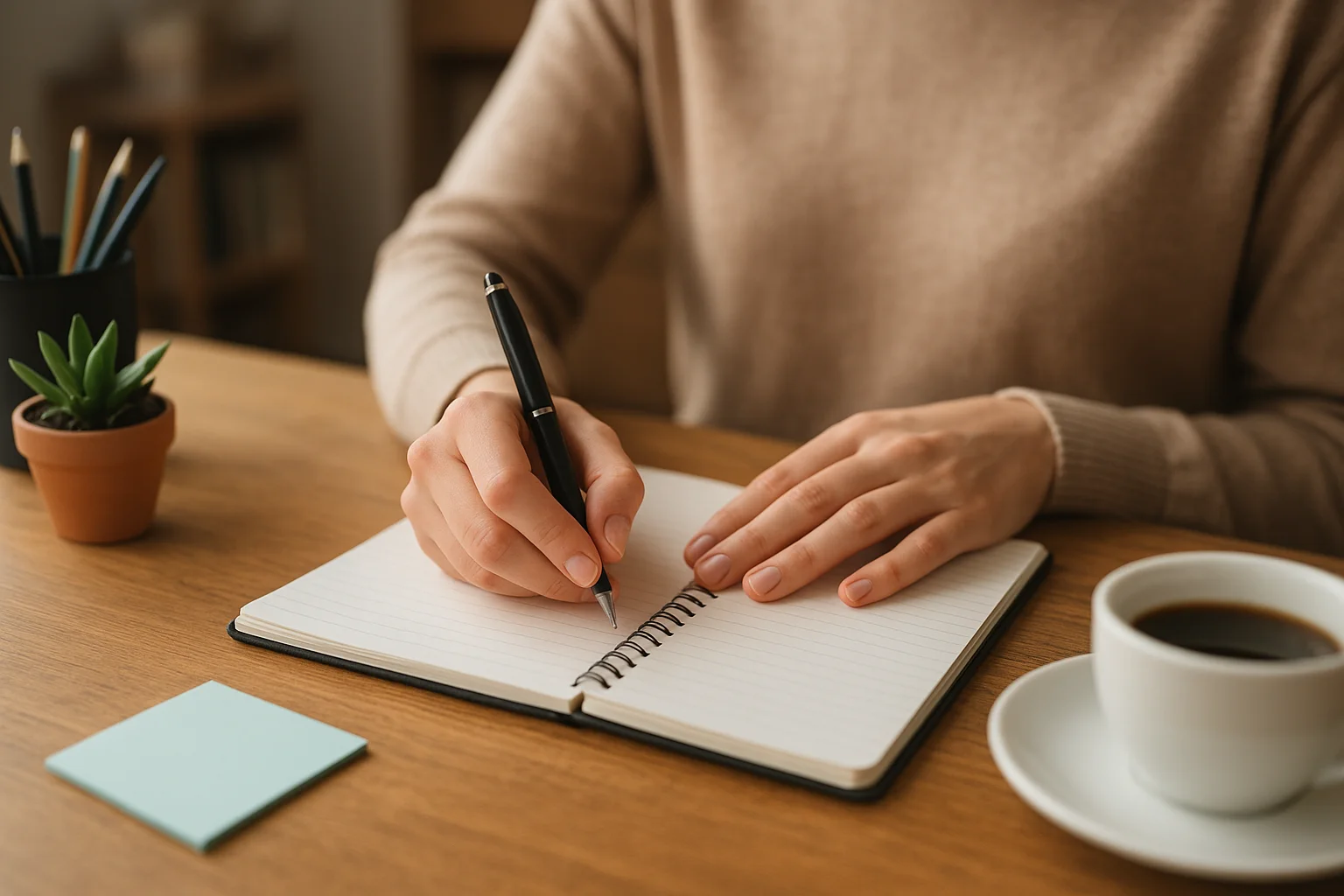
How to Generate 10 Original Ideas Every Week
Generating fresh ideas consistently is key to creativity and innovation. This post shares practical strategies to help you produce 10 original ideas every week, stay inspired, and turn thoughts into actionable projects.

The Role of AI in Modern SEO: What Founders Need to Know
Artificial Intelligence is reshaping SEO, moving beyond keywords to focus on intent, personalization, and smarter strategies. For startup founders, understanding these changes is critical to stay visible and competitive. This guide explores how AI impacts SEO, the tools available, and actionable steps to integrate AI into your growth strategy.

Techniques to Generate Original Ideas Consistently
Generating original ideas consistently is a challenge for many, but it’s a skill you can master. This article explores proven techniques, habits, and strategies to spark creativity, overcome mental blocks, and turn innovative concepts into actionable results. Learn how to keep your ideas flowing every day.
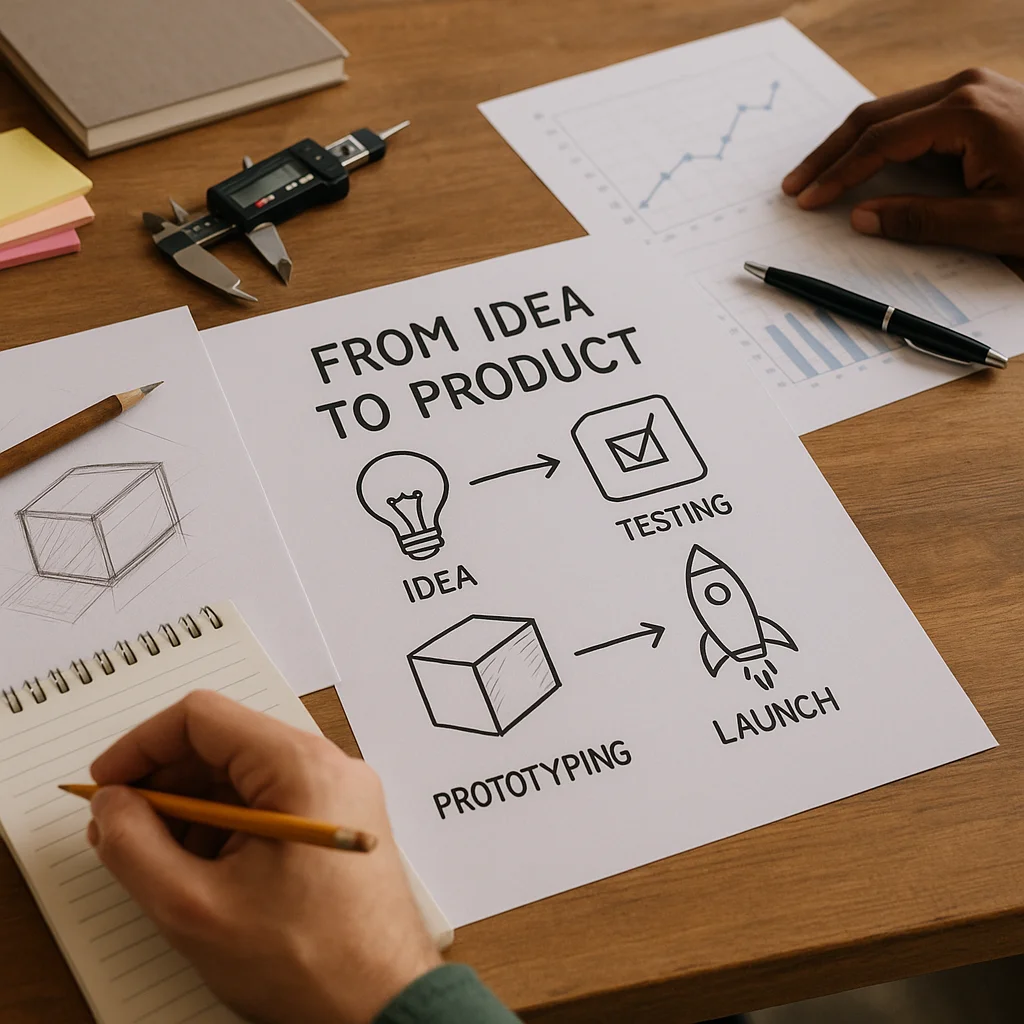
How to Turn an Innovative Idea into a Concrete Product
Turning an innovative idea into a concrete product is an exciting but challenging journey. This guide walks you through validating your concept, prototyping, testing with users, building a business model, and preparing for a successful launch. Learn how to bring your vision to life, step by step.
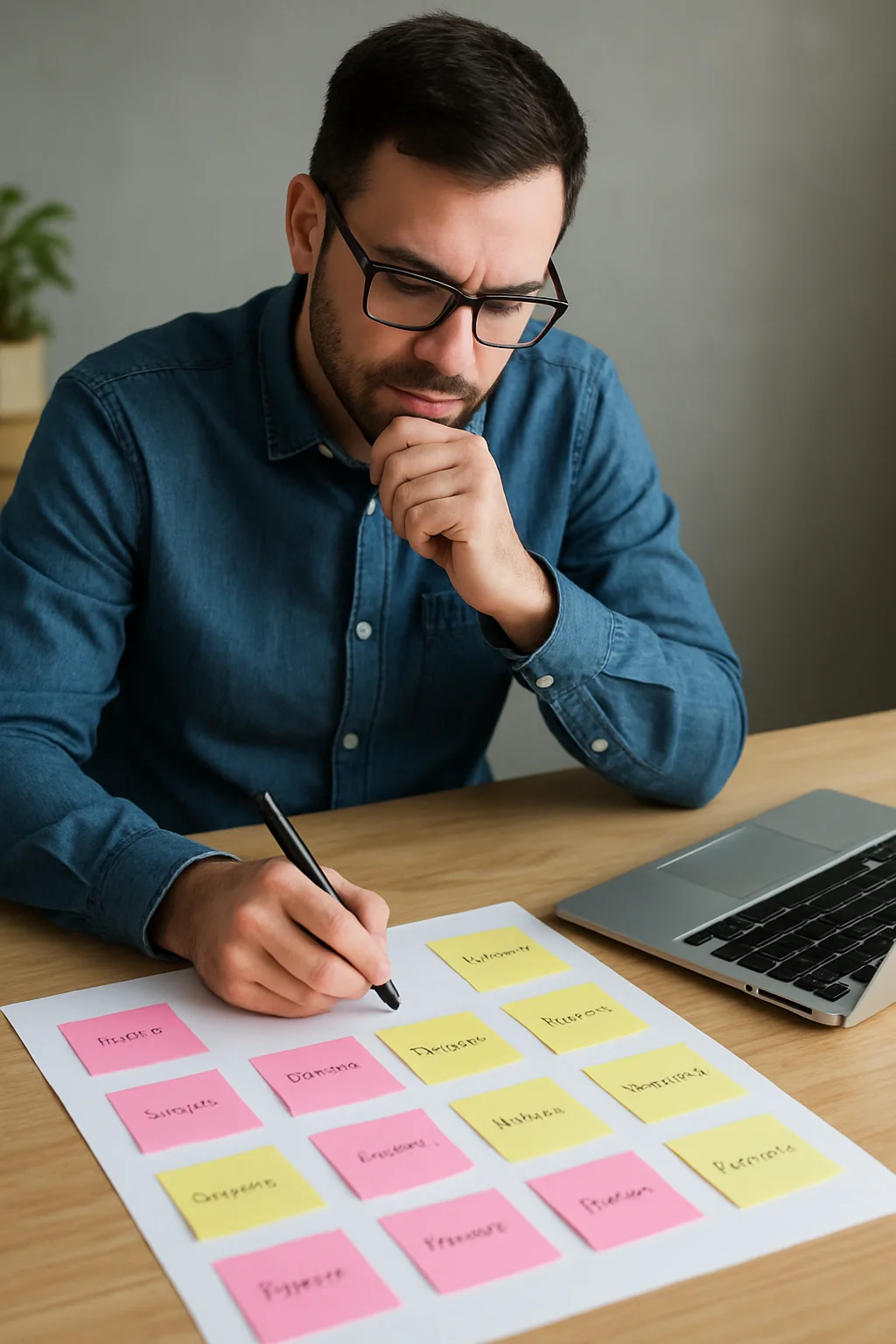
How to Prioritize Features When Starting a Project
Starting a new project can be overwhelming with countless features competing for attention. Prioritizing the right features early on is key to delivering value quickly and efficiently. This article explores proven methods and frameworks to help you evaluate, select, and focus on features that align with your goals, stakeholder needs, and user expectations — ensuring a successful project launch.
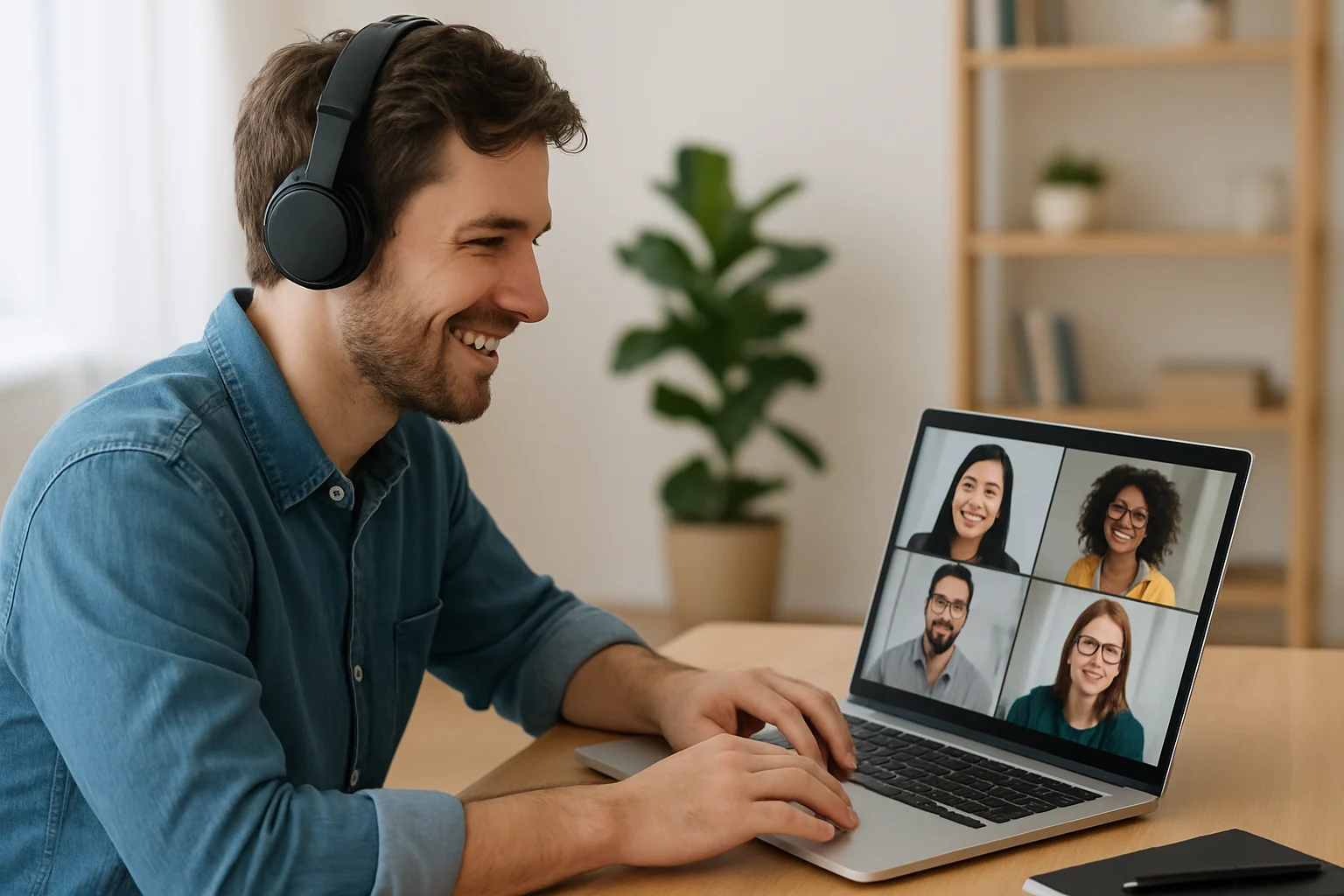
The Benefits of Networking With Like-Minded Innovators Online
In today’s fast-paced digital era, networking with like-minded innovators online offers unparalleled opportunities for creativity, collaboration, and professional growth. By joining virtual communities, innovators can exchange ideas, overcome challenges, and build meaningful relationships regardless of location. This article explores the key benefits of online networking and how it can accelerate your innovation journey.